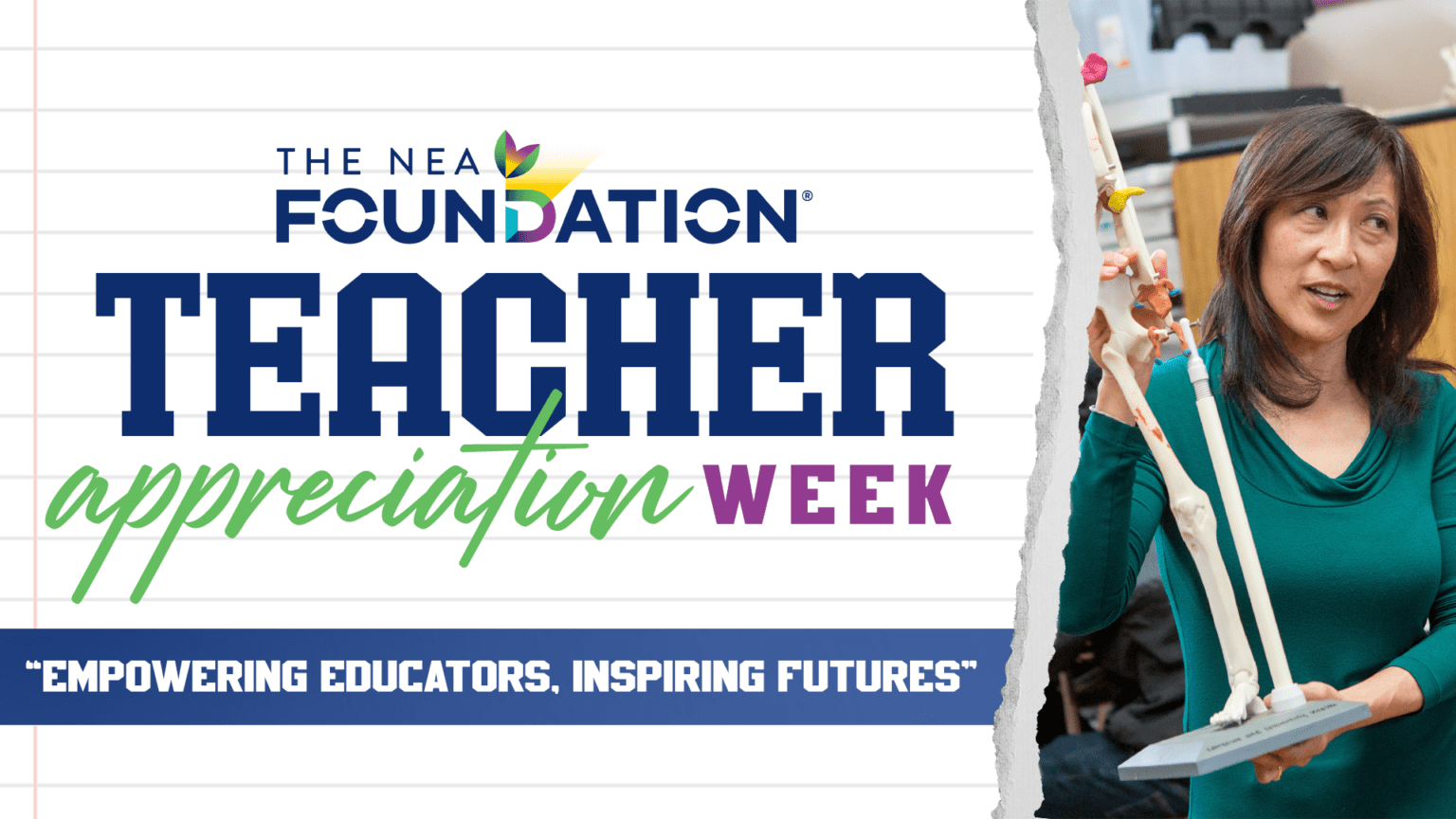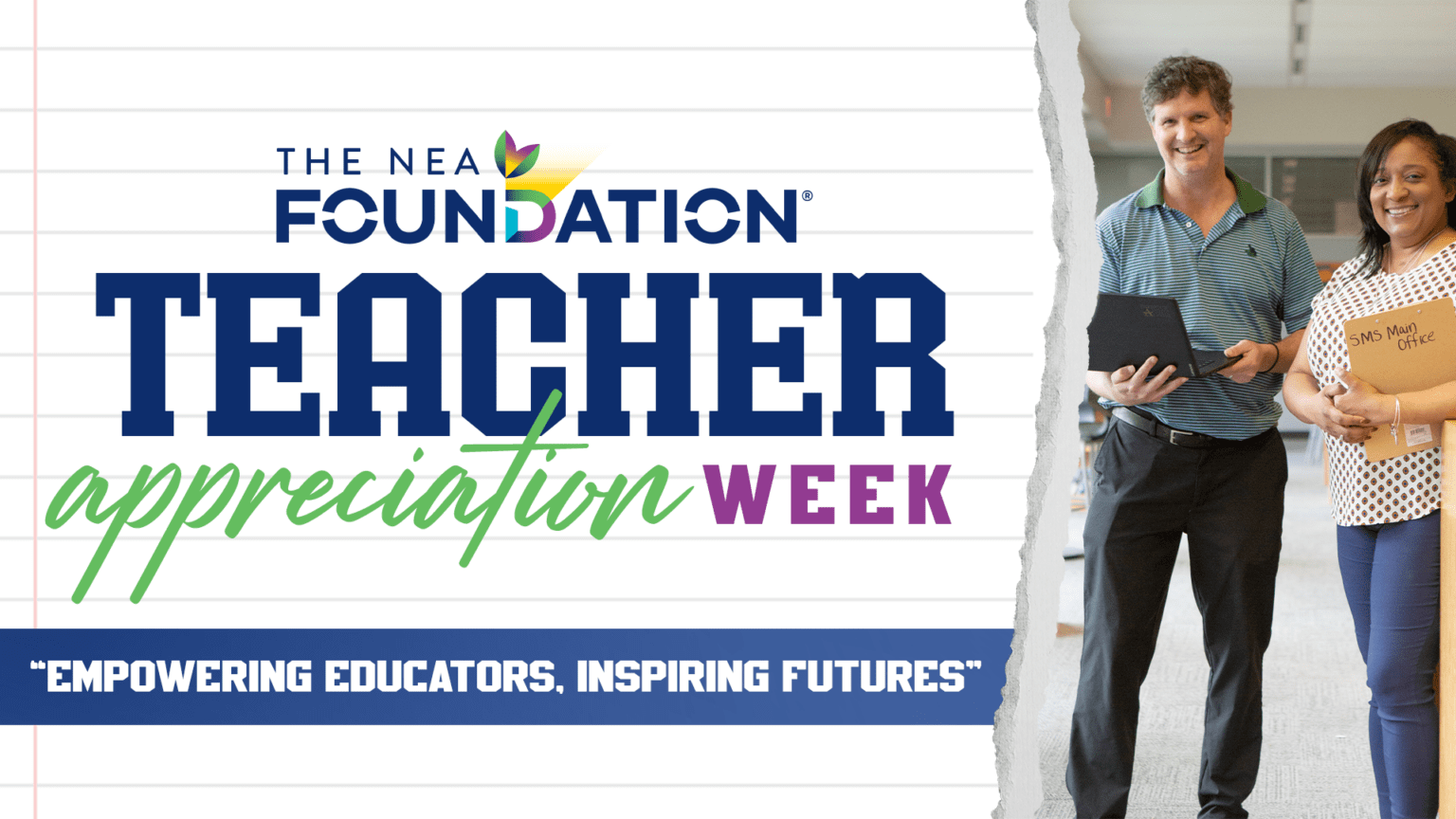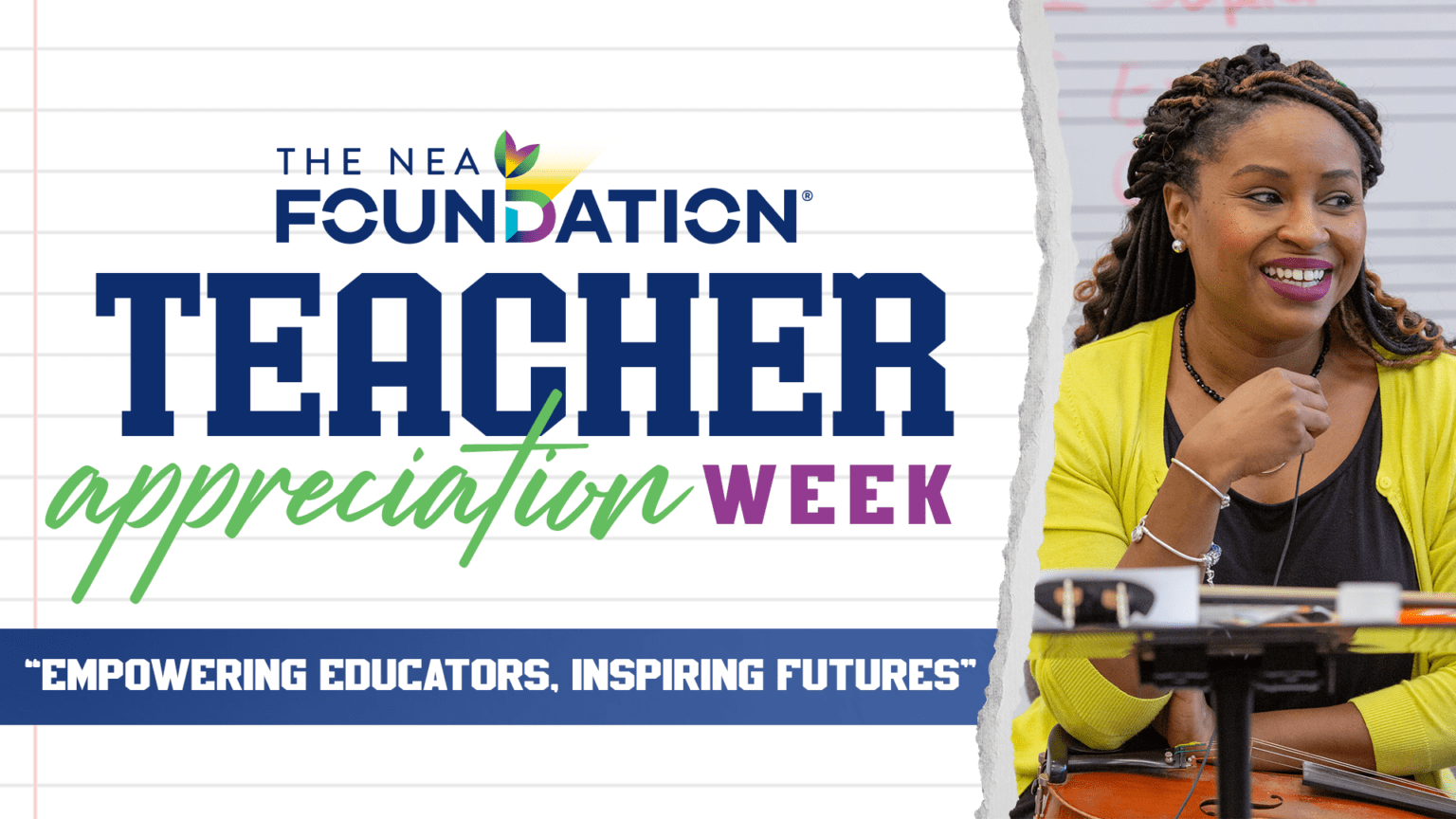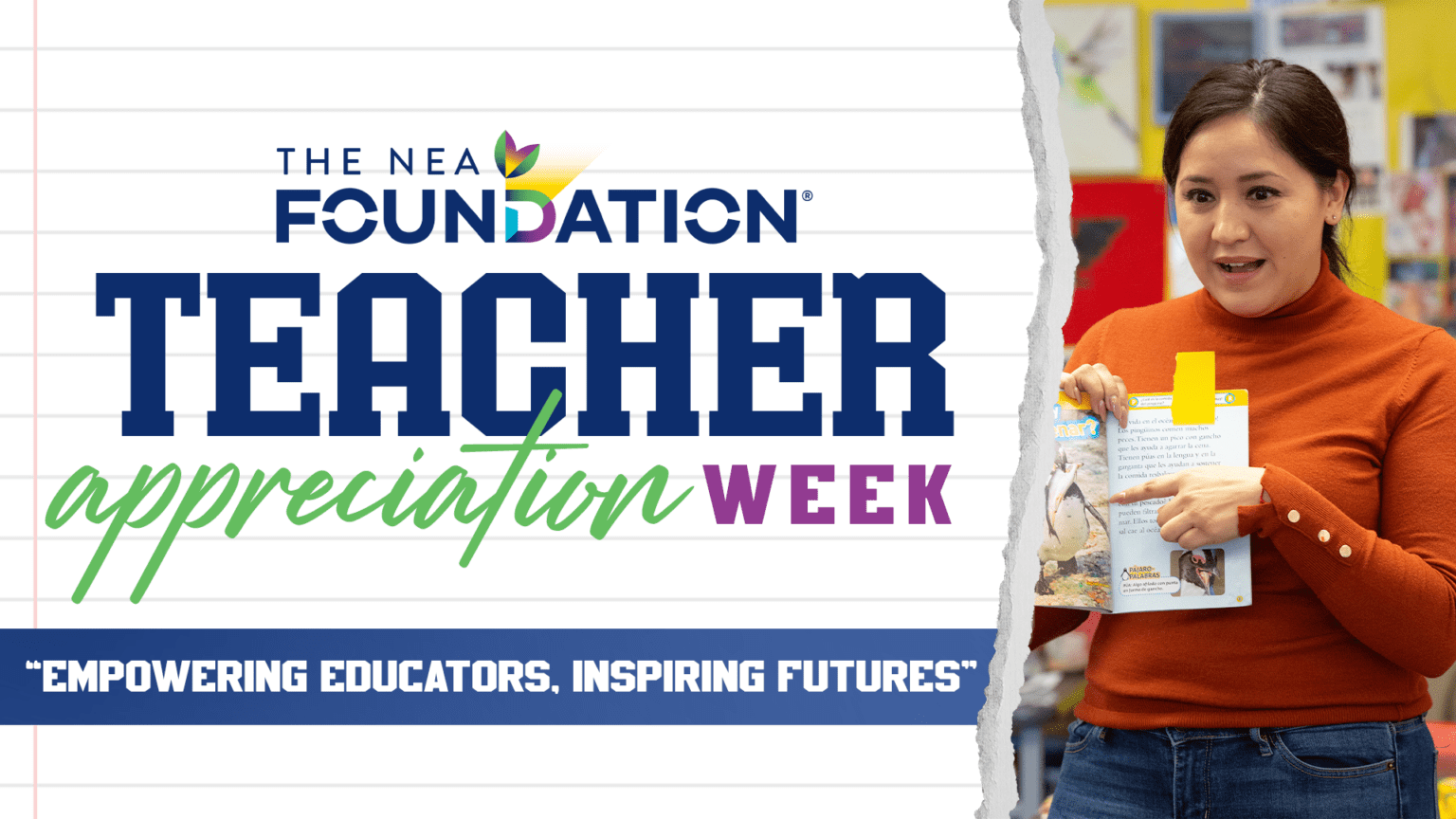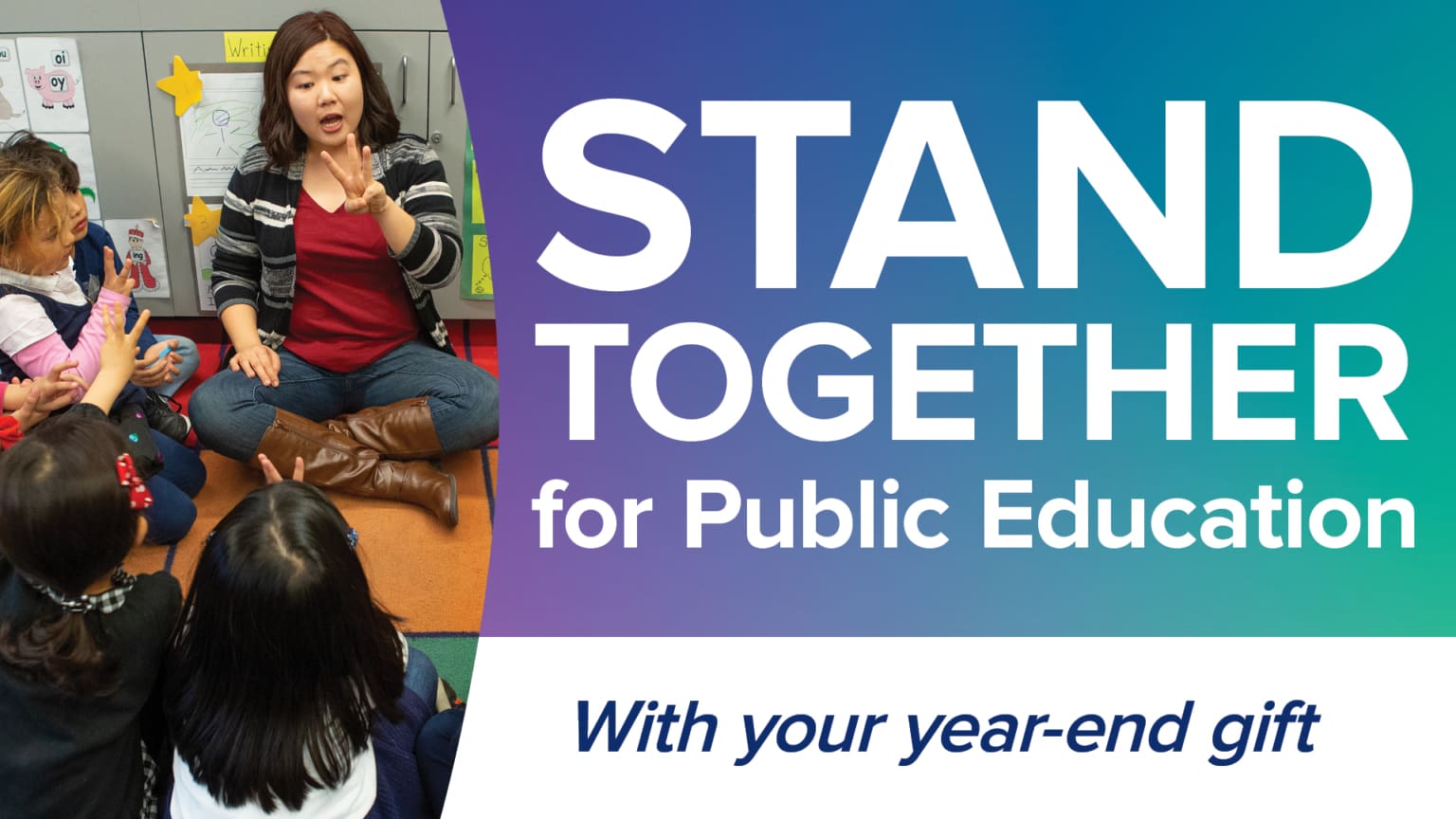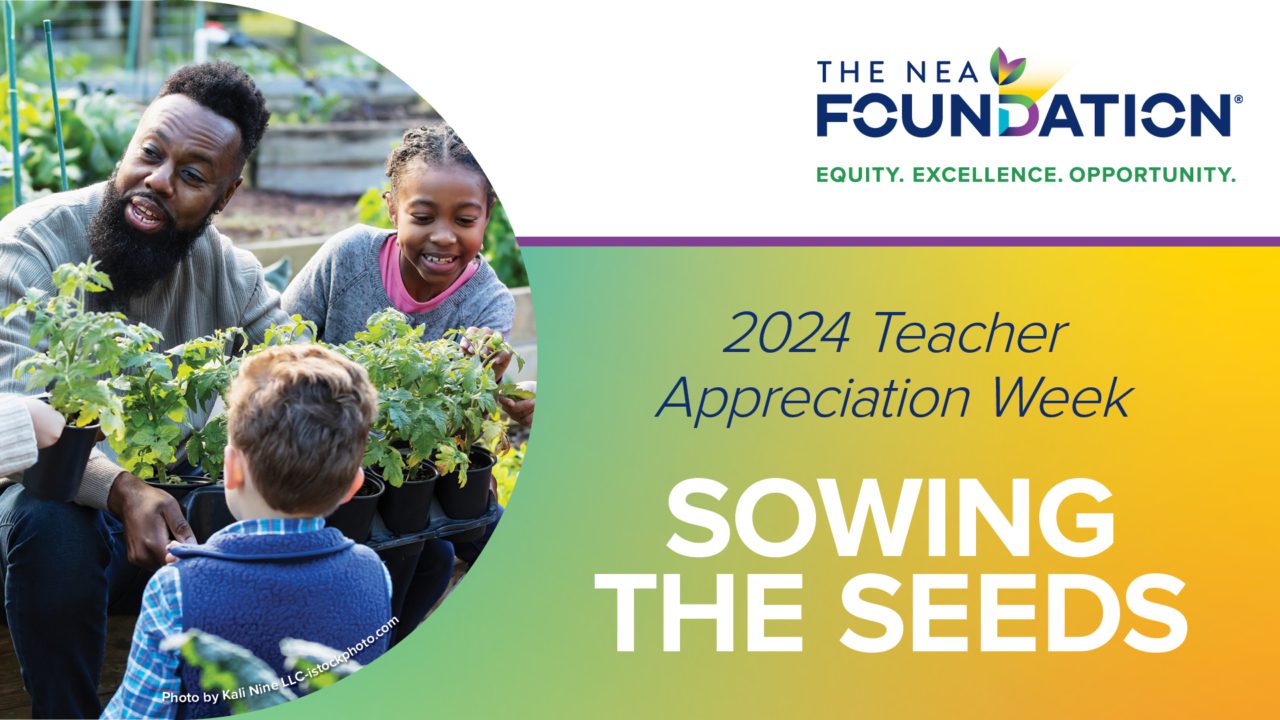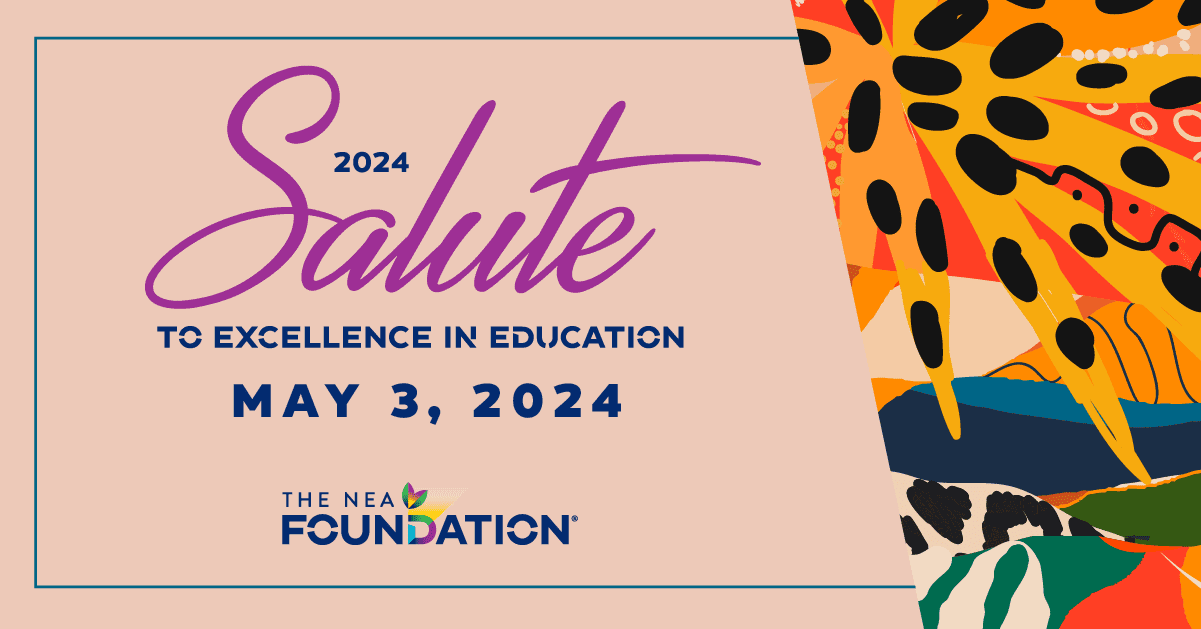By Kathryn Woerner
2014 Global Learning Fellow and educator at Linn-Mar High School in Marion, IA

This blog series features the 2014 NEA Foundation Global Learning Fellows, a cohort of 30 educators who participated in a year-long supported learning experience to build global competency skills. The fellowship included international field study in Beijing and Xi’an, China, from June 20-28, 2014.
I am a social studies teacher and avid historian, so traveling with the NEA Foundation and 30 other educators to see the sites of China described in textbooks and illustrated in videos was a dream come true. Add to that the complete immersion into the culture, tradition and language, and I was anxious to return to my classroom to excite future travelers.
Upon returning to Iowa, and after all the souvenirs had been handed out, I sifted through pictures, notes, and resources and was overwhelmed by the options for hands-on learning opportunities. One notable takeaway from my trip was the use of Chinese proverbs and their importance in Chinese writing and speaking today. The following proverbs reveal the essence of Chinese culture and history, and moreover, they serve as inspiring lessons for American educators, policymakers, and shareholders in our education system.

1. “A small hole not mended in time will become a big hole much more difficult to mend.”
There was a breathtaking sight as I exited the Beijing airport: smog. As the transportation hub of China, Beijing is encircled by six roads that are connected by nine expressways and supplemented by eleven national highways. There are over 5 million registered cars in Beijing and their emissions mixed with coal-fired power plants choke the atmosphere at alarming levels. China’s noxious air is not a new problem. Environmentalists note the 1979 economic initiatives of Deng Xiaoping as the beginning of China’s pollution problem, but the past 30 years has only made China’s war on pollution more difficult to win.
Most challenges start small and the U.S. education system certainly has its share. If we think of education like a fabric, it is woven with the threads of teachers, buildings, budgets, students, resources, training and achievement. When there is a tear in the fabric, other threads are pulled to repair the area of concern. The holes are going to become more frequent or larger until we learn to add to the fabric rather than strain the existing threads.
2. “Be not afraid of growing slowly; be afraid only of standing still.”
China is the longest continual civilization in world history. Written records from the Shang Dynasty date as early as 1700 BCE, and the work of China’s first historian, Sima Qian, asserted the existence of people as early as 2100 BCE. If you spend any time studying China’s past, you will quickly learn that even through multiple kingdoms, warlords, and alternating periods of political unity and disunity, China never stopped moving forward. Silk, porcelain, and gunpowder are only the beginning of a long list of mechanic, hydraulic, and mathematics innovations that evolved over time.
Professional development in education should occur the same way, over time and ongoing. Often, workshops and in-service trainings offer new teaching strategies that only 10% of teachers can transfer to their practice. Therefore, if districts want real change in teaching practice, they have to provide ample and ongoing support during implementation. The work is slow— anywhere from 50 to 80 hours of instruction, practice, and coaching— but at least education innovation will not be standing still.

3. “When the wind of change blows, some build walls, while others build windmills.”
No trip to China is complete unless you visit the Great Wall. In the 3rd century BCE, Emperor Qin Shihuang conceived the world’s largest building project when he ordered the connection of ancient walls and fortifications. The Great Wall not only served to keep invaders at bay but also created and protected trade routes in China. The dynasties to follow continued and maintained the project, and the Great Wall came to symbolize keeping the industrializing world out of China.
When education reform buzzes in state legislatures or is at the center of district discussions, some educators construct “walls” to keep reform at bay and protect the practices in their classrooms. Others ride reform to the walls’ gates and prepare to fight their way into guarded classrooms. No matter how someone else responds to the winds of reform, it is important to meet people where they are, instead of criticizing their reaction to reform.

4. “To know the road ahead, ask those coming back.”
During the Cultural Revolution, Mao Zedong wanted to rid China of the “four olds”: old customs, old culture, old habits and old ideas. Although China still honors the contributions of Mao today, the “four olds” are alive and well in buildings, parks, Tai Chi, Feng Shui, tea demonstrations, and Chinese medicine.
Many times in public education, we have an “out with the old” attitude. This is most apparent in teaching strategies. Teachers attend trainings on the newest learning strategies only for them to be abandoned with the next round of education innovations. Yes, education is dynamic and it changes as the needs change, but it is important to draw upon the past as we pave the road to the future.
5. “Dig the well before you are thirsty.”
The schools I visited in China look to the future for how to educate their students today. Even though their learning process involves a lot of seat work and standardized tests, the Chinese are preparing students for the global economy and not waiting until those students are seeking employment.
Many American teachers know that we are educating students for jobs that haven’t been created yet. We need to develop our students’ higher-thinking skills and how to apply them to the global economy. We have planned for the well and have been digging diligently, but it’s not deep enough yet.

